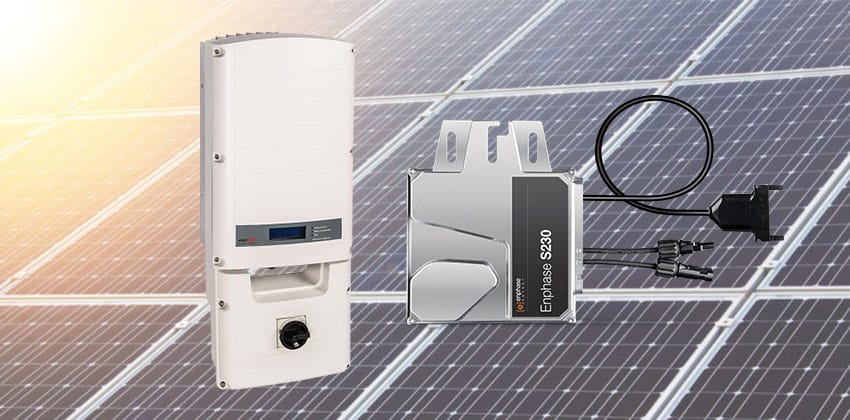
Die Frage, ob Solarmodule direktes Sonnenlicht benötigen oder nicht, stellt sich häufig, wenn man über die Installation einer Solarstromanlage nachdenkt. Die Antwort ist kein einfaches Ja oder Nein, da mehrere Faktoren zu berücksichtigen sind.
Erste, Es ist wichtig zu verstehen, wie Solarmodule funktionieren. Sonnenkollektoren bestehen aus Photovoltaik (PV) Zellen, die Sonnenlicht in Gleichstrom umwandeln (Gleichstrom) Strom. Dieser Gleichstrom wird dann in Wechselstrom umgewandelt (Wechselstrom) Strom durch einen Solarwechselrichter, die zur Stromversorgung von Geräten und Geräten in Haushalten und Unternehmen verwendet werden können.
Direkte Sonneneinstrahlung ist ideal für Solarmodule, da es die höchste Energieausbeute liefert. Jedoch, Solarmodule können auch an bewölkten Tagen oder bei indirekter Sonneneinstrahlung Strom erzeugen, zum Beispiel bei Sonnenaufgang oder Sonnenuntergang. Unter diesen Bedingungen wird weniger Strom erzeugt als an einem sonnigen Tag, Es kann aber dennoch zur Gesamtenergieleistung der Solarstromanlage beitragen.
Ein weiterer zu berücksichtigender Faktor ist der Winkel und die Ausrichtung der Solarmodule. Ideal, Solarmodule sollten nach Süden ausgerichtet und in einem Winkel geneigt sein, der dem Breitengrad des Installationsorts entspricht. Dadurch können die Solarmodule den ganzen Tag über das meiste Sonnenlicht einfangen. Jedoch, auch wenn die Solarmodule nicht nach Süden ausgerichtet sind oder nicht im optimalen Winkel stehen, Sie können immer noch Strom erzeugen. Es gibt auch Geräte, sogenannte Solartracker, die den Winkel der Solarmodule im Laufe des Tages anpassen können, um die Energieausbeute zu maximieren.
Die Verschattung ist ein weiterer zu berücksichtigender Faktor, wenn es um die Leistung von Solarmodulen geht. Wenn ein Solarpanel teilweise verschattet ist, Es kann die Energieabgabe des gesamten Systems erheblich reduzieren. Dies liegt daran, dass die Verschattung eines Solarmoduls zu einem Spannungsabfall führen kann, Dies wirkt sich auf die gesamte Reihe von Solarmodulen aus. Mikrowechselrichter und Leistungsoptimierer können dazu beitragen, die Auswirkungen der Verschattung zu mildern, indem sie die Energieabgabe jedes einzelnen Solarmoduls optimieren.
Es ist auch erwähnenswert, dass Sonnenkollektoren bei kalten Temperaturen Strom erzeugen können, auch wenn Schnee auf dem Boden liegt. Schnee kann die Energieausbeute kurzfristig reduzieren, aber sobald der Schnee schmilzt, Die Solarpaneele werden weiterhin Strom erzeugen.
Zusammenfassend, Solarmodule benötigen nicht unbedingt direktes Sonnenlicht, um Strom zu erzeugen, aber direktes Sonnenlicht liefert die höchste Energieausbeute. Weitere zu berücksichtigende Faktoren sind der Winkel und die Ausrichtung der Solarmodule, Schattierung, und der Einsatz von Mikrowechselrichtern oder Leistungsoptimierern zur Optimierung der Energieabgabe. Bei ordnungsgemäßer Installation und Wartung, Eine Solarstromanlage kann Haushalten und Unternehmen eine zuverlässige Quelle sauberer Energie bieten.
